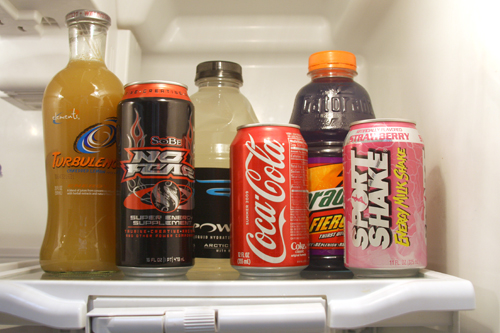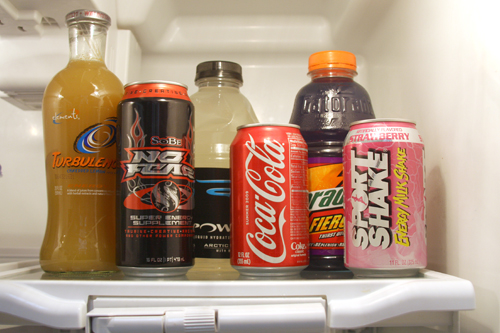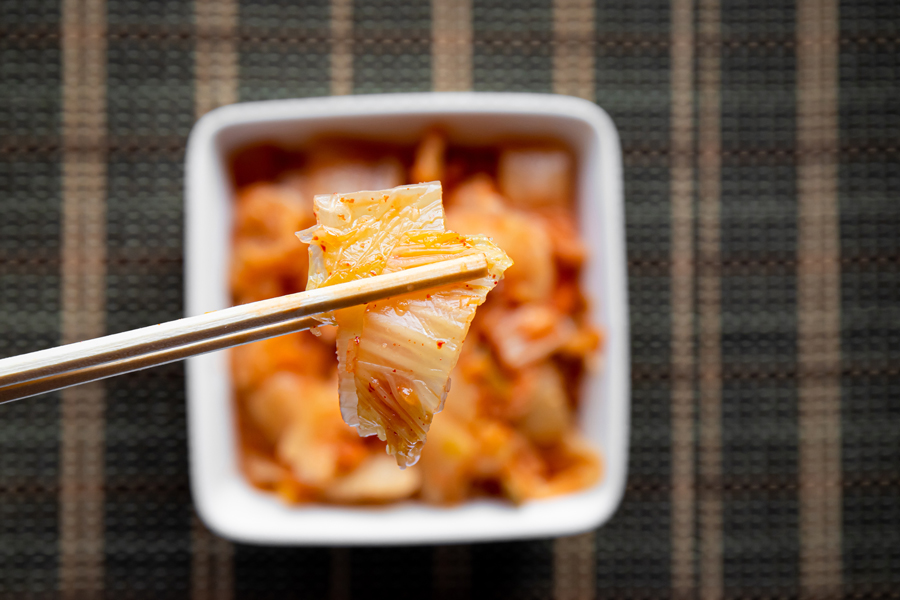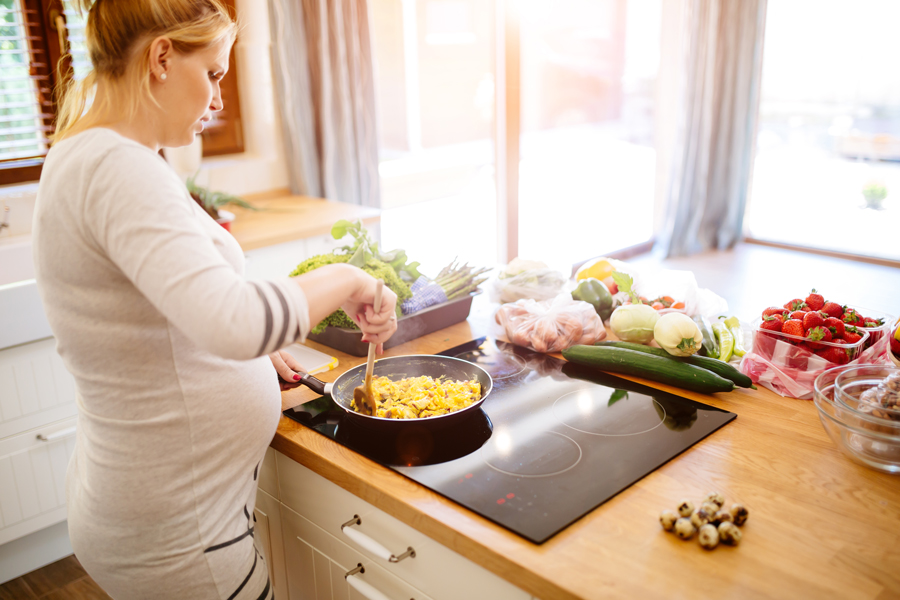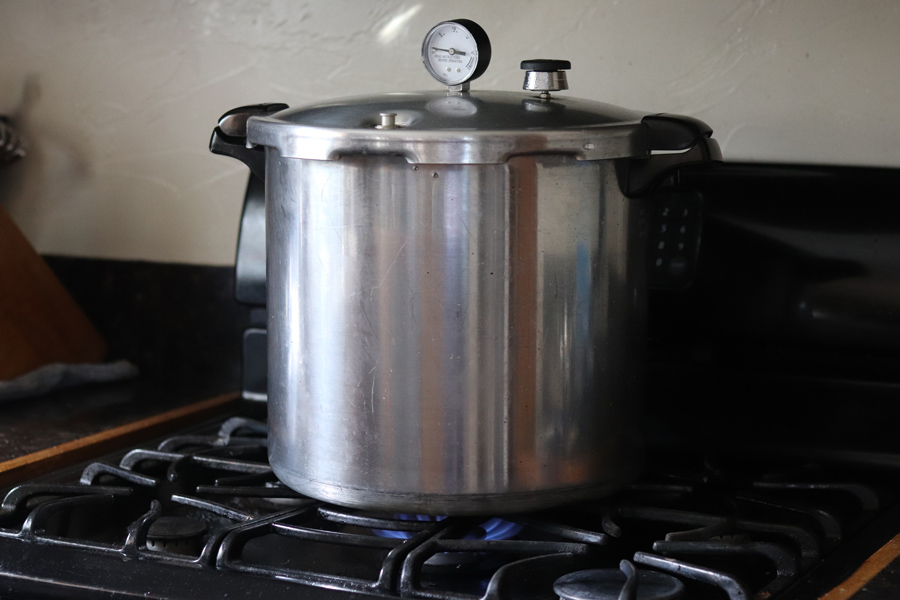Are you worried about packing a healthy lunch for your kids this school year? If so, you are not alone; lots of parents struggle to provide nutritious foods that their kids will actually enjoy eating every day for lunch.
Don’t get stressed out. With a little planning and some tips from University of Georgia Cooperative Extension, you can avoid that morning panic and pack lunches that are healthy and delicious.
First, stock your kitchen with the necessary ingredients for a healthy lunch so you won’t be scrambling to find foods at the last minute. Be sure to stock up on sandwich bags, snack bags, plastic utensils and freezer packs to keep foods and beverages cool.
Using the U.S. Department of Agriculture’s MyPlate guidelines at ChooseMyPlate.gov, make a list of convenient and healthy food items that can be purchased once a week. Include at least three of the five food groups – fruits, vegetables, grains, protein and dairy – in your child’s lunch daily.
Adding fruits and vegetables to the mix can be easy and delicious. Choose whole fruits like a banana or an orange, or buy individual serving containers for fruits like applesauce, peaches or pineapples. Check the label on individual cans or containers of fruit to ensure it’s packed in its own juice or water and that no extra sugar has been added. Raw vegetables are also easy to pack; for example, pack baby carrots with a low-fat salad dressing or hummus to use for a dip.
To encourage your child to eat more whole grains, make sandwiches with whole-grain or whole-wheat bread. Remember that brown bread isn’t necessarily whole-grain. Read the nutrition facts label carefully to ensure that the bread is high in dietary fiber and that the first ingredient listed is whole wheat. Another fun way to add whole grain to your child’s diet is to include a small bag of whole-grain cereal instead of a bag of chips. If your child still wants chips, pick whole-grain or baked chips.
When deciding on a drink, avoid juices that have sugar or sweeteners listed as their first ingredient. Many juices are really only 10 or 20 percent juice and have a lot of added sugar. Check the label well and make sure any juice you buy is 100 percent fruit or vegetable juice. Water is always a good option. Avoid soft drinks and other beverages that are high in sugar and have little to no nutritional value.
Try to add low-fat dairy or calcium-rich foods to your child’s lunch as often as possible. Some 85 to 95 percent of adult bone mass is acquired by the age of 18 in girls and by the age of 20 in boys, so it is very important that they consume an adequate amount of calcium while they are young. The best options for calcium-rich foods include dairy products like low-fat milk, yogurt, sliced cheese or string cheese.
Include your child in the decision-making process. Let your child choose what kind of lunch container he or she will carry, depending on her age. This can vary from a lunchbox to a thermal, insulated bag. Children are more likely to eat their lunch if they help decide what to pack. Just be sure to give your child a list of healthy options.
Be sure to practice food safety. Keep cold foods cold by including an ice pack, gel pack or frozen water bottle. Avoid cross-contamination. Don’t reuse paper or plastic bags, food wraps or aluminum foil. Tell your child to throw these items away after eating lunch. Remind your child to always wash his or her hands before eating lunch.
For more information about making better food choices, visit ChooseMyPlate.gov.
